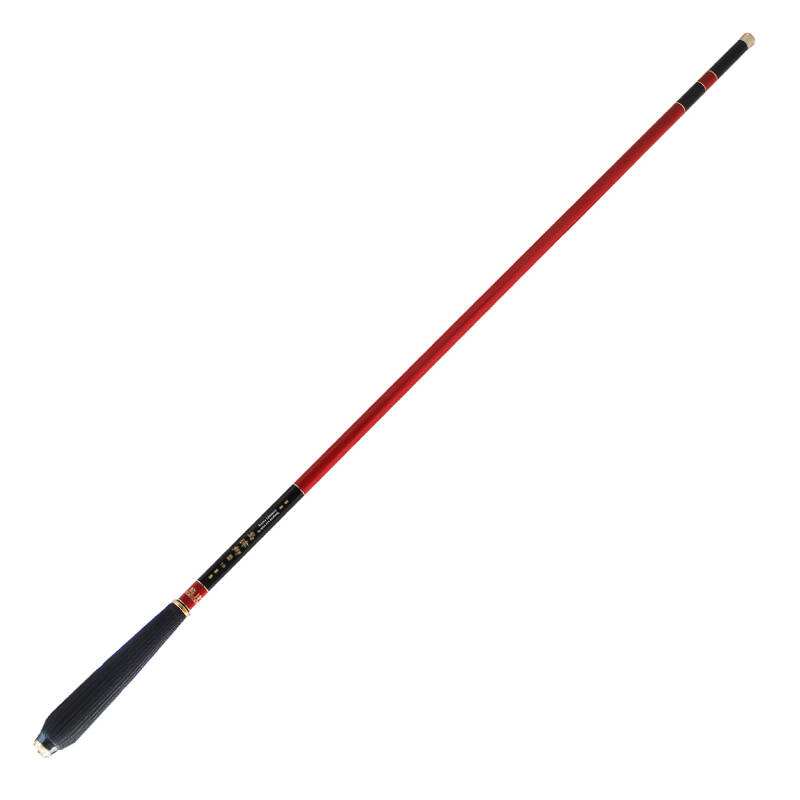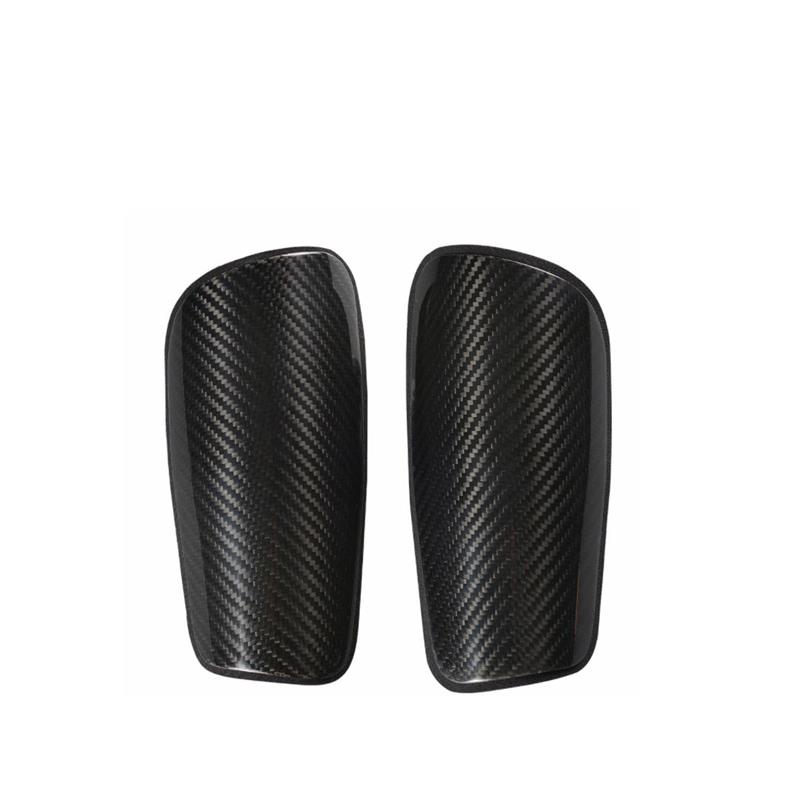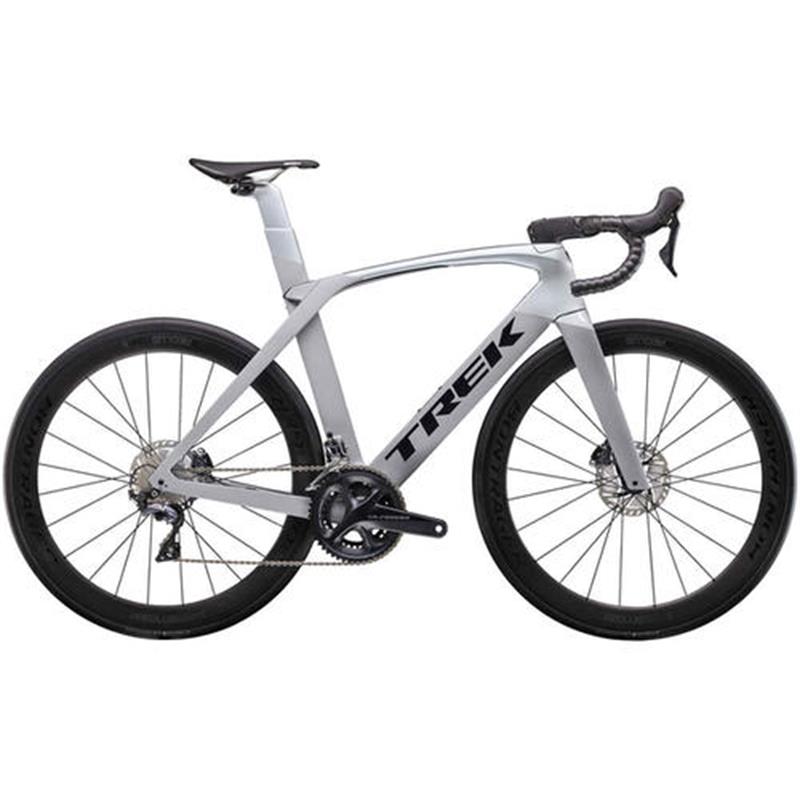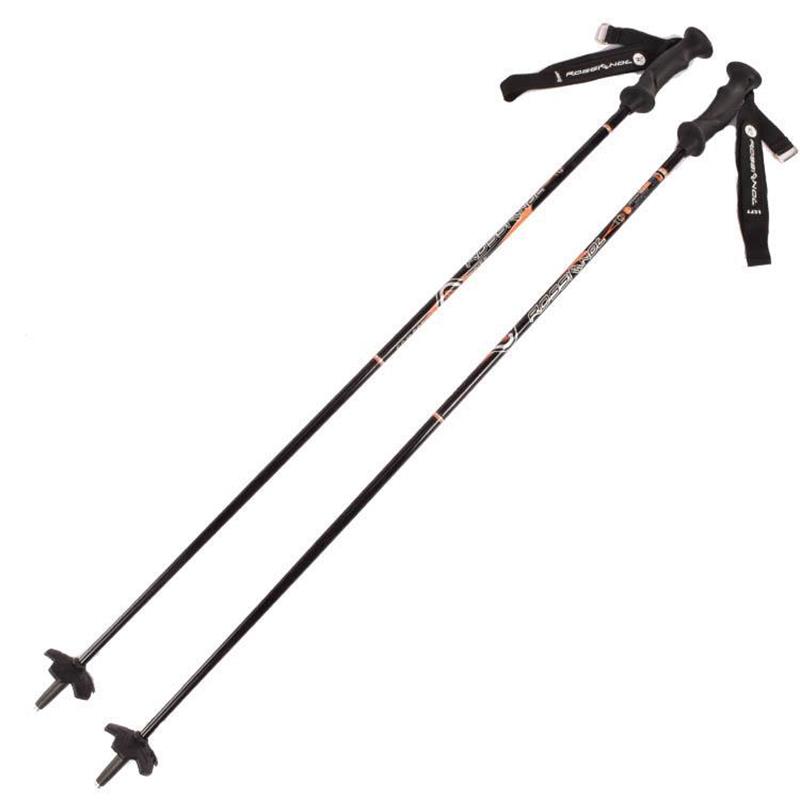Copyright © 2021 LS Carbon All rights reserved.Site Map Powered by iwonder.cn
The carbon fiber composite material can be integrally formed through a reasonable design, which can save a lot of combined frames and assembly frames and reduce production costs. With the development of technology, there are many molding methods for sports equipment, including winding molding, compression molding, RTM molding, pultrusion and other technologies.
1. Winding technology
On a special winding machine, the prepreg is evenly and regularly wound on a rotating core mold, and finally cured and removed to obtain the product. The winding molding method is not only suitable for the manufacture of simple rotating bodies, such as cylinders, spheres and certain positive curvature rotating bodies or cylindrical products, but also for the manufacture of non-rotating parts. Its distinctive feature is that it can arrange the fibers according to the force of the product according to a certain rule, so as to give full play to the strength of the fiber and obtain light and high-strength products; it can realize continuous and mechanized production in technology, and the production cycle is short. High efficiency and low labor intensity; its disadvantage is that the core mold needs to be removed after the product is cured, which is not suitable for the manufacture of products with concave curved surfaces. In this way, golf clubs and fishing rods can be made.

2. Compression molding technology
Compression molding process is a method of forming composite products by heating and pressure in a closed cavity. The compression molding mold consists of two parts, a female mold and a male mold. The reinforcement materials are generally chopped fiber mat, continuous fiber mat and fabric. The compression molding method has high production efficiency, accurate product size and smooth surface. It is especially suitable for manufacturing large quantities of products with high precision and repeatability requirements. Products with complex structures can be formed at one time, without auxiliary processing (such as turning, milling, planing, grinding, drilling, etc.) that would damage the performance of the product, and the appearance and size of the product have good repeatability. In this way, carbon fiber guards can be made.

3. RTM molding technology
RTM (Resin Transfer Molding, RTM for short) is a commonly used molding technology for composite materials. The technology is to place fibers or preforms in a closed mold cavity, inject resin liquid into the cavity with pressure, soak the fibers or preforms, and then solidify and demold the molded product. The advantages of RTM technology are: it can manufacture high-quality, high-precision, low-porosity, high-fiber complex composite components, and smooth double surfaces can be obtained without gel coat resin; the product has a short time from design to production and high production efficiency ; RTM molds and products can be designed with CAD, mold manufacturing is easy, and material selection is wide; RTM molded components and pipes are easy to achieve local reinforcement or manufacturing local thickened components, and composite materials with core materials can be molded at one time; RTM molding Less volatilization during the process helps protect workers and the production environment. At present, RTM technology is generally used to mass-produce the body parts of bicycles and rowing boats.

4. Pultrusion technology
Used for continuous production of fiber composite profiles. Pultrusion refers to a method in which fiber bundles or ribbon-shaped fabrics are dipped, extruded, heated and cured, and cut to length under external force to produce linear products with specific cross-sectional shapes and unlimited lengths. . It passes the impregnated continuous fiber through a forming mold with a certain cross-sectional shape, and solidifies and forms in the mold cavity or gels in the mold cavity and is heated and cured. Under the action of traction mechanical pull, it can continuously draw out infinitely long profiles. Products. The pultrusion molding process is simple and efficient; when the pultrusion method prepares the product, the reinforcing fibers are arranged in parallel along the axial direction, which can effectively utilize its strength; the use of fiber felt reinforcement materials can prepare isotropic products; the use of braided belts can improve the product Lateral strength. Pultrusion products have the characteristics of high strength, light weight, easy decoration and good surface quality. These properties are ideal for many types of sports facilities and related applications, such as bows and arrows, poles, and ski poles.
